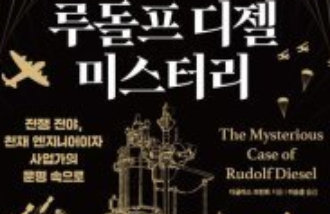[Editorial] Federalist or Communist Reunification?
[Editorial] Federalist or Communist Reunification?
Posted July. 13, 2009 08:25,
A federalist-based proposal for Korean reunification was made by the late North Korean leader Kim Il Sung in 1960, when a pro-democracy movement was sweeping South Korea. Kim might have sought to exploit the Souths political chaos to realize his ambition of reunification through communism, thinking that this was another chance 10 years after he started the 1950-1953 Korean War.
Receiving no response from Seoul, Kim sent two revisions of his proposal, the first in 1973 and the other in 1980. While the federalist proposals were made when the South was in political turmoil, they were nothing more than a form of the Norths unified front tactics.
Kim attached three conditions to his 1980 proposal. First, the South had to abolish the Anti-Communist Law and the National Security Law, allow a communist party, and establish a democratic government. Second, Seoul had to turn the 1953 truce agreement into a peace treaty and get U.S. troops to leave the South. The third condition was independence, peace and national unity. The proposal was one country but with two systems and governments. It was nothing short of a scheme to realize Kims ambition for a communism-based reunification. The proposal sought to use trickery through word play, and South Korea must not fall for this ploy, which the North aims to use to communize the Korean Peninsula.
Reunification means integration into one ideology, state, system and government. It is only possible when North Korea accepts the universal values of liberty, democracy, human rights and market economy. In the same vein, a survey by the National Unification Advisory Council in Seoul found that 70 percent of South Koreans want gradual reunification. Reunification of the Korean Peninsula must come peacefully based on liberty and democratic order under the Constitution. Kims federalist proposal was decorated with such ambiguous words as nation, independence and unity, terms which would destroy the Constitution.
The falsehood of the federalist proposal was also shown by the activities of the National Alliance for the Country`s Reunification, a pro-North Korea group. Formed in 1990, the group, under orders from the North, pushed for federal reunification along with a U.S. troop pullout and the abolition of the National Security Law. Even after the Supreme Court declared the group an enemy-benefitting organization, it continued its activities under the disguise of progressivism.
The joint declaration made at the 2000 inter-Korean summit is also a combination of Kims federalist plan and former South Korean President Kim Dae-jungs idea of national union. The declaration has been virtually abolished as the joint vision for the South Korea-U.S. alliance announced last months bilateral summit reaffirmed the principle of reunification in line with the South Korean Constitution. This should also be an opportunity to end confusion in reunification education.
Editorial Writer Yuk Jeong-soo (sooya@donga.com)







